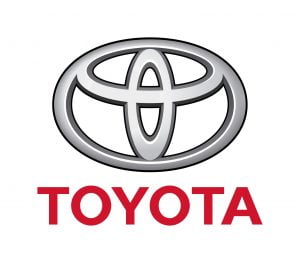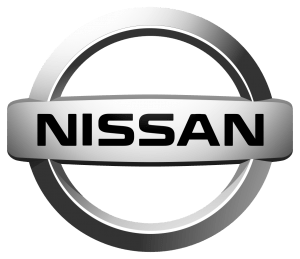Cambelt Service
If your cambelt bites the dust, you could face a hefty repair cost. Here’s when and how you get it changed. Not all of us are mechanics in our spare time, so the prospect of a crucial part of our car breaking is likely to fill most of us with equal parts dread and confusion. But while your cambelt is a vital bit of kit, it can be easily sorted by a professional. Here’s how you find out when yours needs changing.
The cambelt, also known as the timing belt, is one of the most crucial bits of kit in the engine. It’s basically a rubber belt with teeth on it which synchronises the rotation of the crankshaft and the camshaft. In a nutshell, it regulates the way your engine works. It controls the opening and closing of the valves to the cylinders in time to ensure correct combustion in the engine. Its primary role is to control the timing and sequence of the opening and closing. Like most bits of kit, it will eventually wear out. If it cracks, tears or snaps, it can cause a whole heap of expensive engine damage. With older cars this usually means they won’t be worth repairing. There’s no ‘one size fits all’ rule when it comes to how frequently a cambelt should be changed, as a lot depends on the car.
Most manufacturers suggest either a time- or mileage-based change, depending on which comes first. There’s a lot of difference between both manufacturers and engines when it comes to when a change is due. This could range from 40,000 km up to 100,000 km, and from four years up to six years. The vehicle handbook will specify the change frequency, and at Ihanzu Auto we will let you know if a cambelt change is due when your car’s serviced. Manufacturer’s intervals should be treated as the absolute maximum, as failure of the cambelt can cause serious mechanical damage. The bill for changing a cambelt can vary depending on the make of car.
Replacing it can take several hours’ work, which involves taking apart the engine block and putting it back together. Often there’s no sign the cambelt’s reached the end of the road as it’s so deeply embedded in the engine.
“If a driver is lucky, they may hear a rattling or slapping noise prior to failure. But in some cases even an expert may not be able to predict a cambelt failure”. And unlike new brakes or other replacement parts, you may not notice any difference in the way your car drives.









